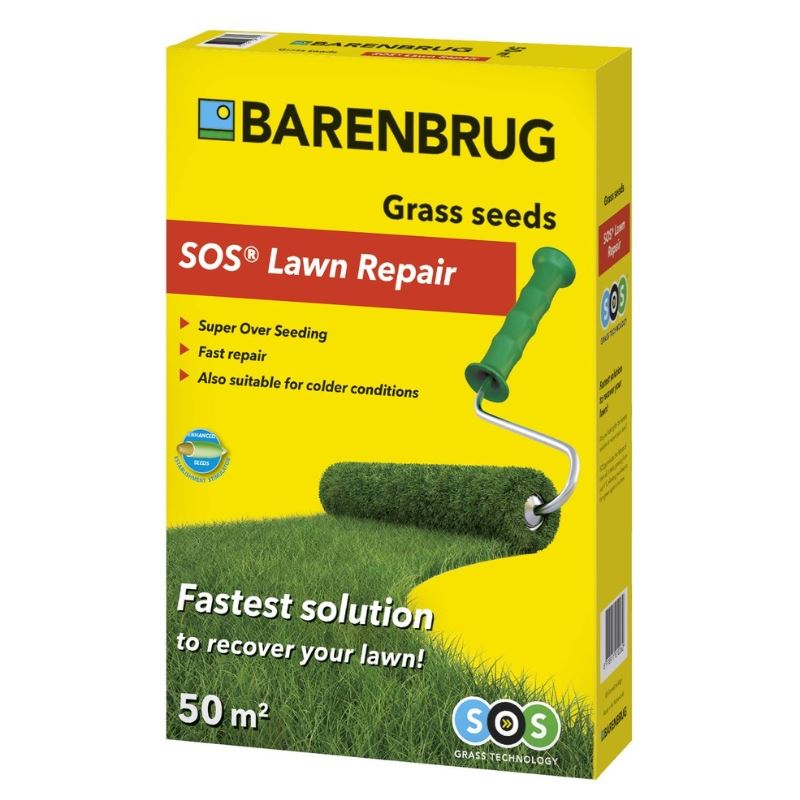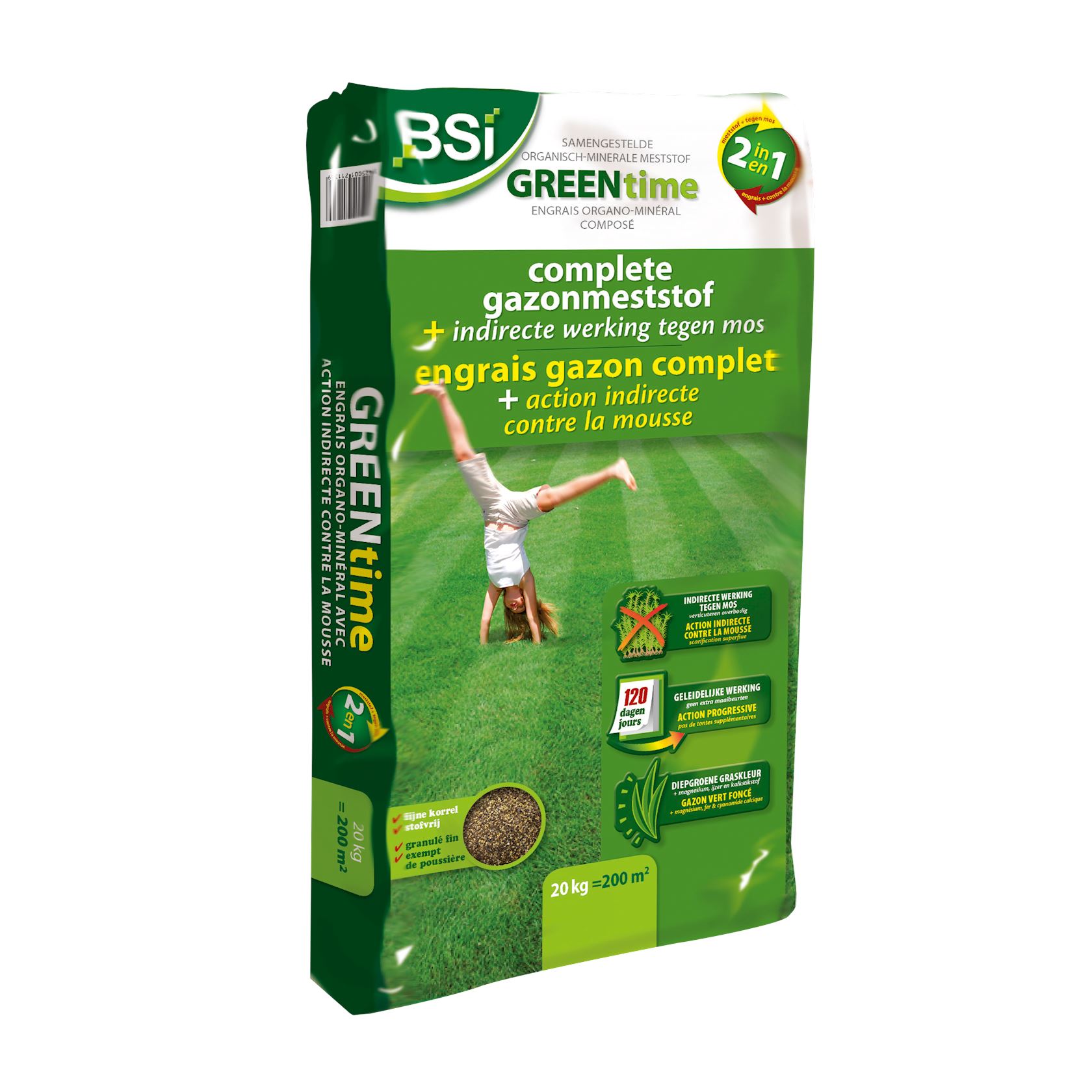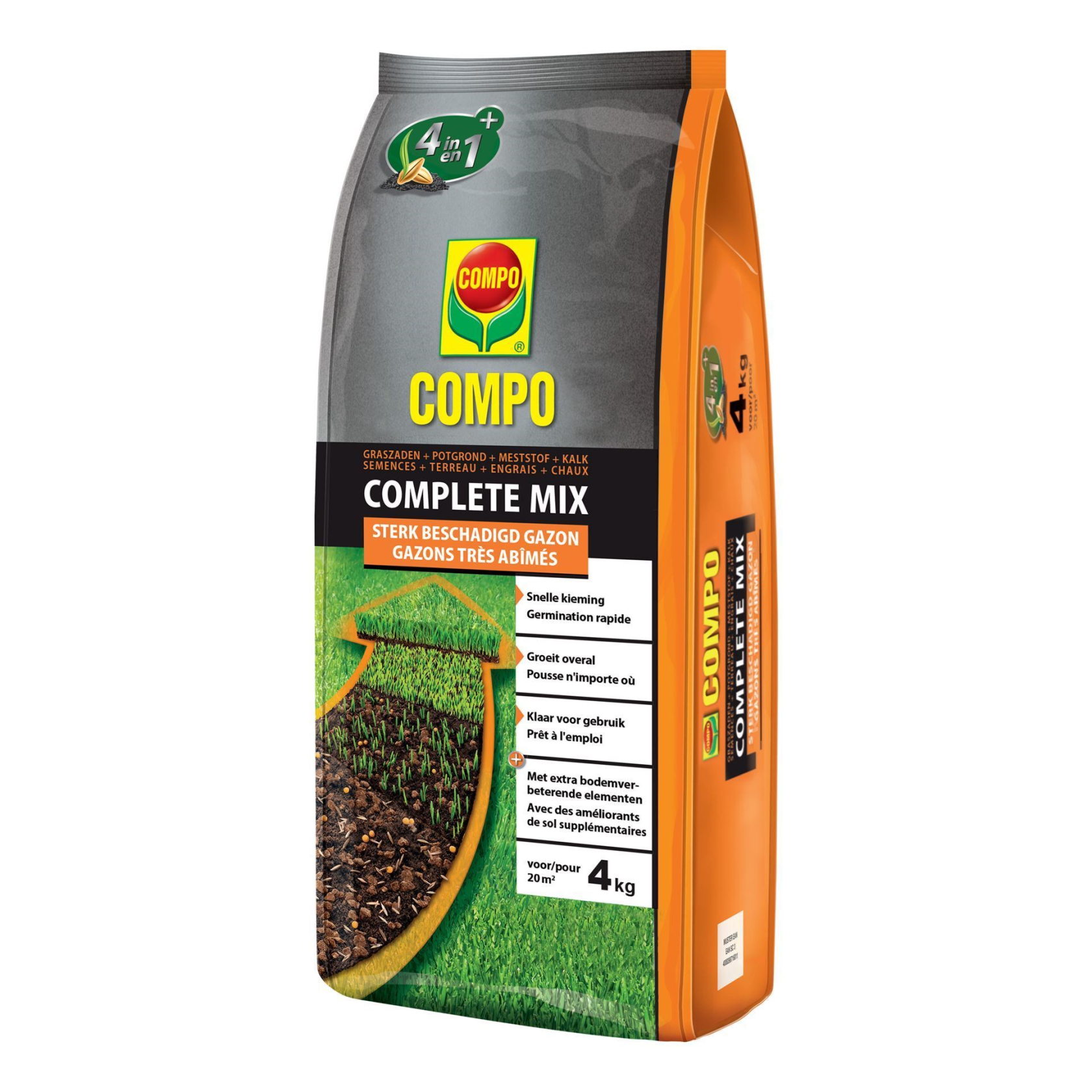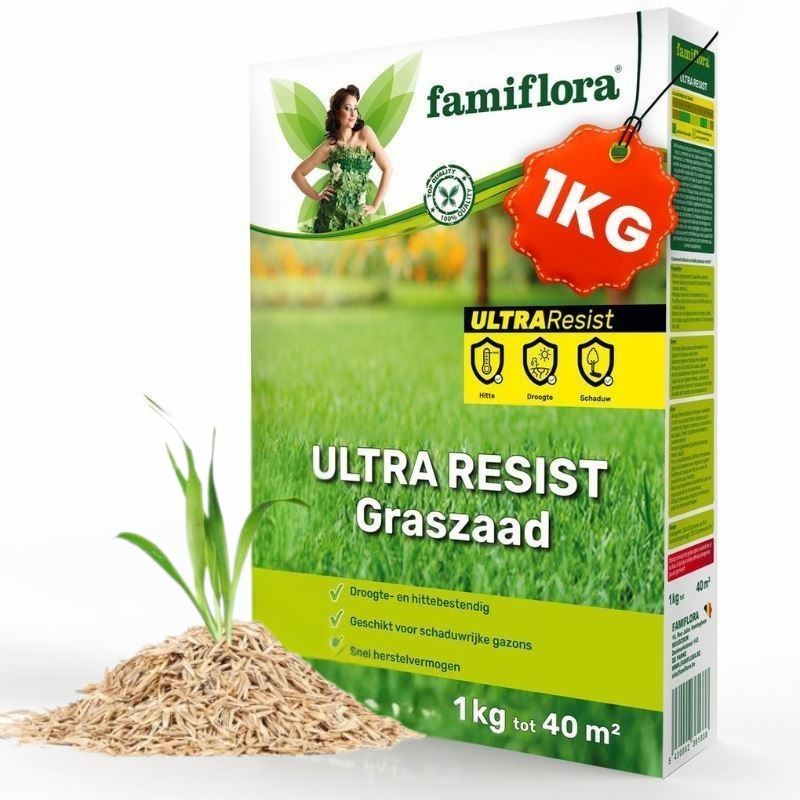
Weeds in my lawn. Now what?
Since 01/01/2019, the sale of selective weed killers in the lawn or on driveways and paths has been banned in Belgium. However, there are acids, such as pelargonic acid, which 'burn' leaves, grass and weeds alike. Personally, we are not in favour of this because it does not kill the root, and consequently the weeds will immediately regrow. What does work is to take preventive action. Below you can find a three-step plan to avoid weeds in the lawn 👇
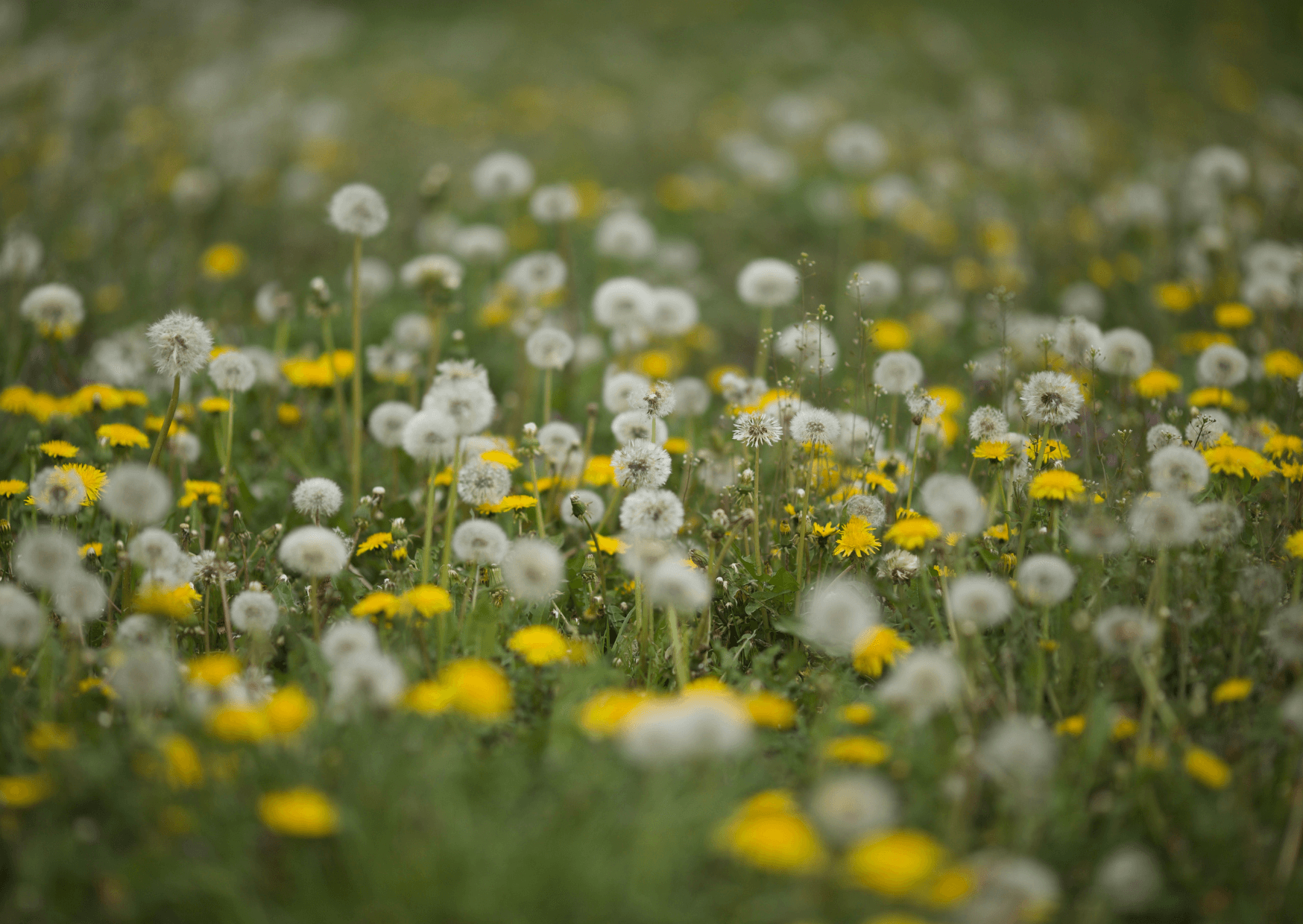
Is your lawn looking like this, or tending towards this, if you don't start taking action soon? Then it's actually already too late! Removing all the weeds manually is almost impossible and, what's more, the weeds will quickly come back because your turf will allow it. Selective herbicides based on glyphosate are no longer allowed in Belgium because they are said to be carcinogenic. If your lawn is too overgrown with weeds, there is really only one solution: contact a garden contractor. This is because the sale and use of selective weed killers is banned for private individuals, but not for professionals. The most important thing is to act preventively.
1. Maintain your lawn! 🌿
In a well-maintained lawn, there are no bare spots where weeds can take root. So the most important preventive measure is to properly maintain your existing beautiful lawn!
You can do this by regularly fertilising the lawn and liming if necessary. Do not just spread lime but ideally do this during the winter period so that it can be slowly absorbed by the soil. First check whether you need to lime at all by measuring the pH value of your soil. You can do this yourself with a pH meter soil analysis test kit.
When fertilising, it is important not to spread just any fertiliser, but a suitable lawn fertiliser for each season:
- During spring, use a fertiliser with a higher nitrogen value so that the lawn gets a boost and can grow well.
- During autumn, the lawn is just coming into dormancy and we want to grow a strong root system so it is not susceptible to (fungal) diseases during winter. For this, we need an autumn fertiliser with potassium.
If you need help picking the perfect fertiliser for your lawn 👉 Take a moment to read this article!
2. Remove emerging weeds immediately! ☘️
Do you suffer from clover in the lawn?
Then the product Clever off can provide relief. It can also help control light weeds and moss in the lawn. It is a selective product consisting of an amino acid and fertiliser. At a normal dosage, you can treat clover but by over-dosing locally, you can also treat light weeds (such as dandelions) locally. For strong weeds (such as nettles), however, this product is not effective. Always make sure to avoid the grass while treating. Did you spray a patch of the lawn with it anyway? Then go straight to work with water so that the product washes away.
With the Clever off, you will see immediate results. The leaves of the clovers will close and after about three hours the clovers and weeds will turn brown. After four hours, treat with water. Repeat the treatment several times a year to exhaust the root system of the weeds. Use Clever off at a sunny time when rain is ideally forecast the next day, or water the day after yourself. This product works best in combination with a nitrogen-rich fertiliser, so you can spread a fertiliser such as Lawn Booster the day after.
3. Re-seed bare spots! 🌱

Tip from Marcel
Want to fertilise after sowing? Then be careful not to burn the young lawn! Use a lawn fertiliser with a lower nitrogen value such as Viano Recovery fertiliser or DCM Lawn Food Recovery.
It is therefore a matter of avoiding the battle with street grass and weed growth. You do this by sowing all bare spots with a fast-germinating grass mixture as soon as possible. This is because street grass germinates from 8°C and then grows very quickly. However, there is grass seed that already germinates at 4°C so that your lawn grows nicely dense, thus displacing the street grass. This is grass seed with SOS technology (Super Over Seeding).
In the football world, this product is well established, and is sown throughout the winter after every football match.
Our conclusion:
- Do you have a sandy soil? Then add bentonite when replanting, and use grass seed specifically for drought-prone areas.
- Do you have to make do with a clay soil, and water remains? Then work lava grit and basalt meal into the soil when re-laying so that the clay grains don't stick together as much, and you get better water penetration. Use a strong-rooting lawn such as Bar power RPR.
- Is your lawn in the shade? Then there are special grass seed mixes that perform better in the shade, preventing the arrival of moss.
At Hermie, the grass is always greener, and so it will be with you with our tips! 👇
More info? Receive all our gardening tips directly in your mailbox!
We'll only email you handy facts, green advice and our best promotions & discounts. You'll receive it about once a week and you can unsubscribe at any time. No spam, promise 🤞












